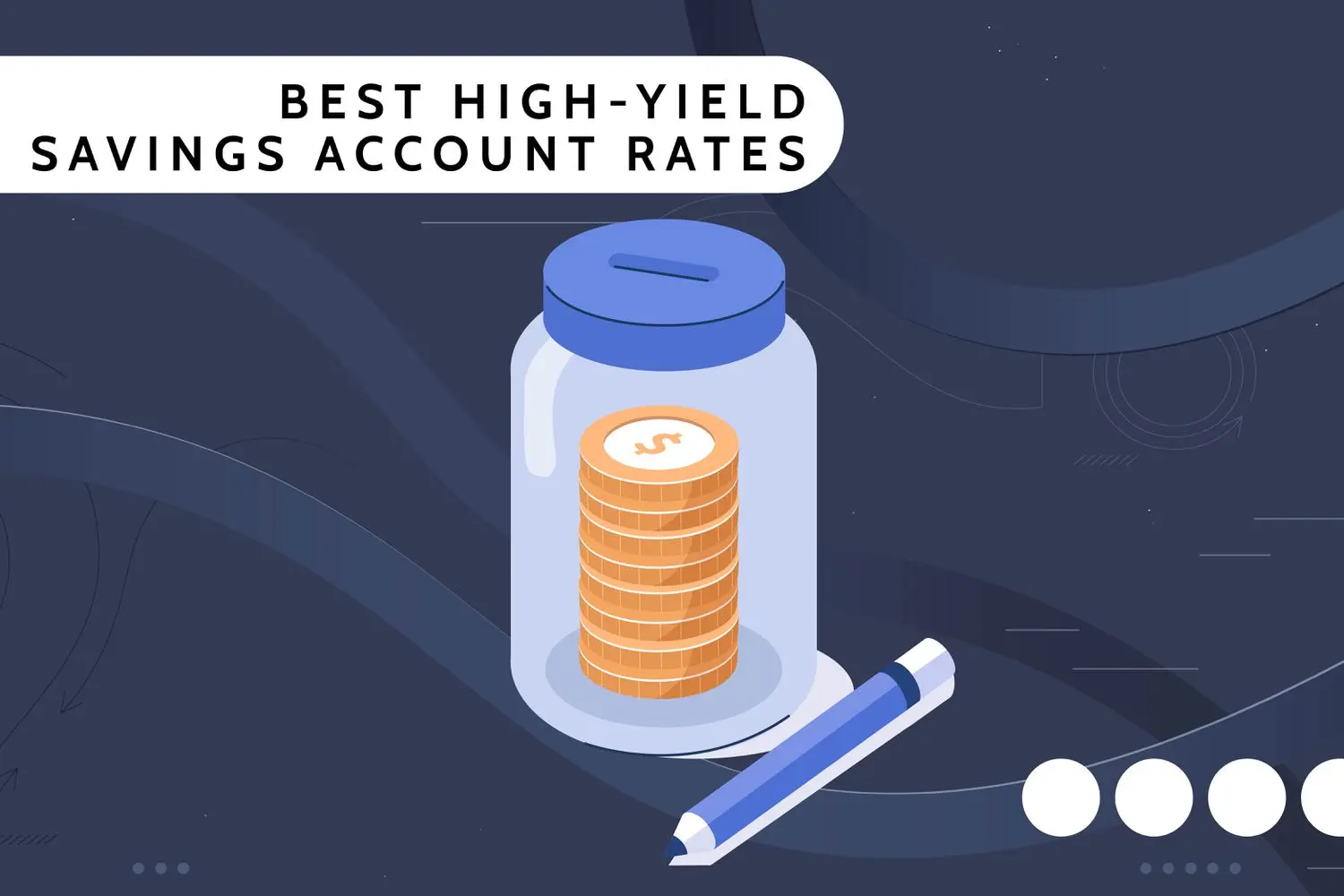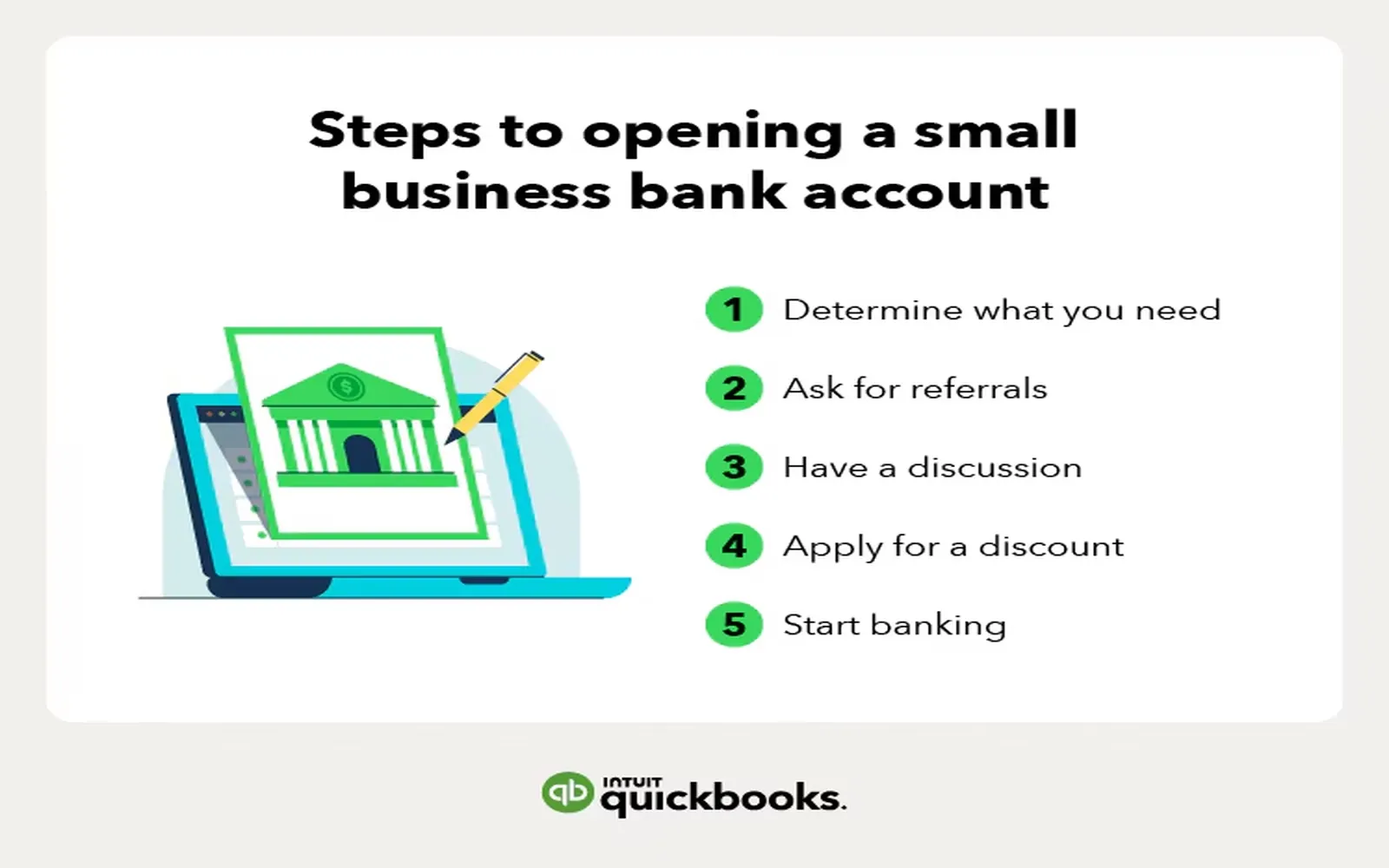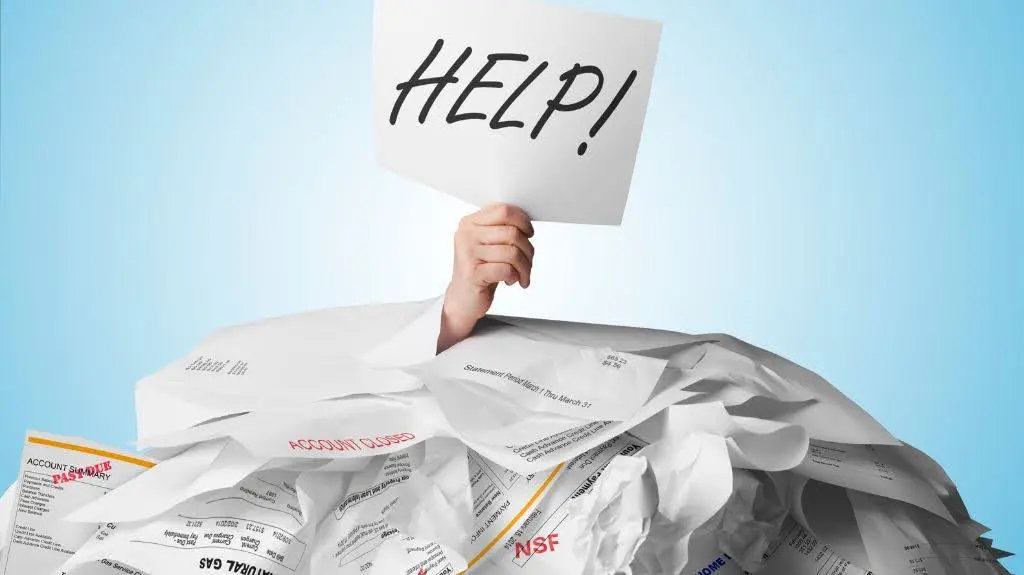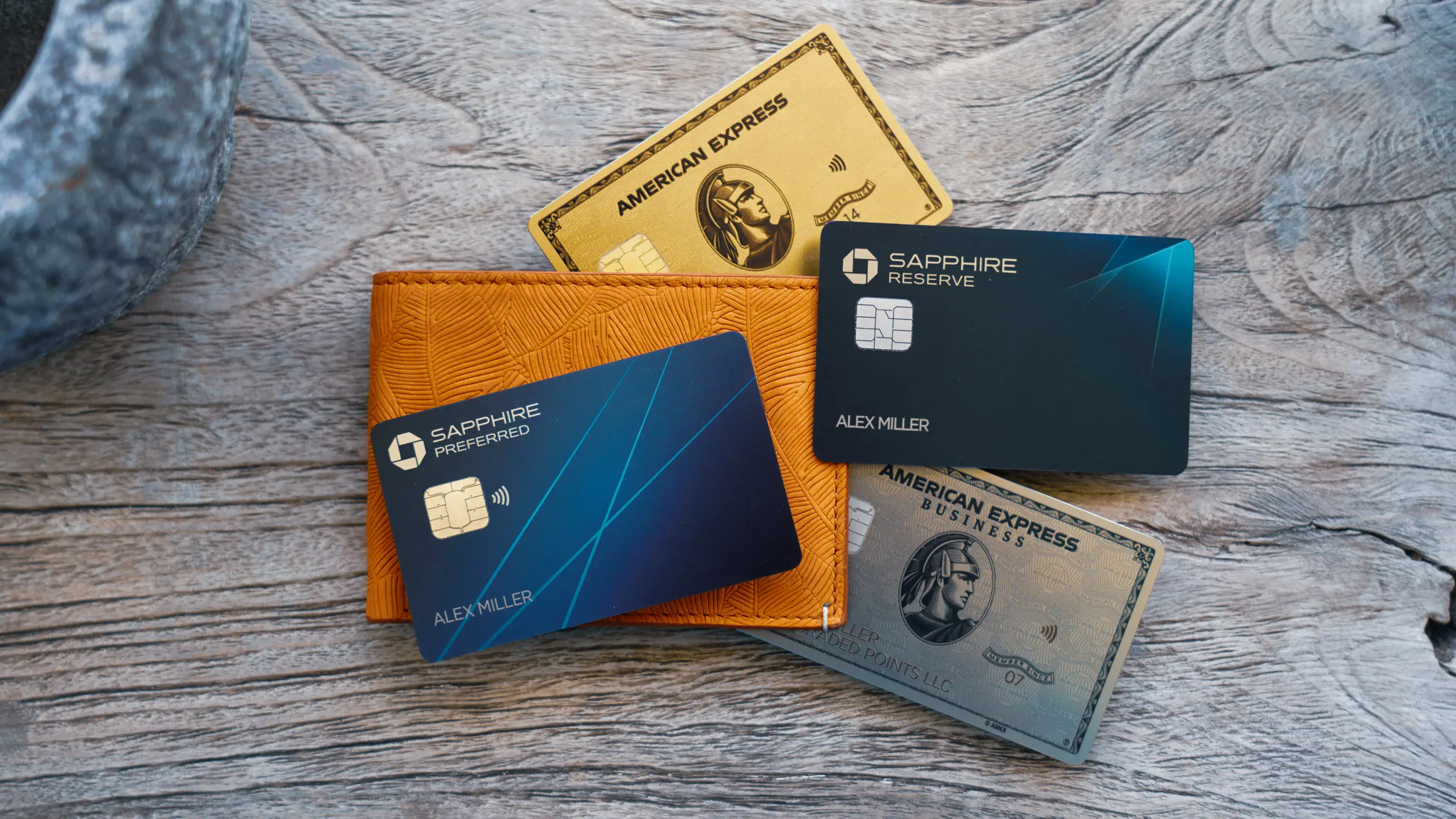Checking Accounts – Your Key to Effortless Banking and Financial Control
A checking account is an essential financial tool for managing your day-to-day finances. Whether you’re paying bills, making purchases, or transferring money, having the right checking account can make all the difference in how you manage your money. In this guide, we’ll help you explore the different types of checking accounts, their benefits, and how to choose the best one for your financial needs.
What is a Checking Account?
A checking account is a deposit account offered by banks and credit unions that allows you to deposit money, make withdrawals, and easily transfer funds. Unlike savings accounts, checking accounts are designed for frequent, everyday transactions such as bill payments, direct deposits, and ATM withdrawals.
Types of Checking Accounts
There are several types of checking accounts available, each offering distinct features suited to different financial needs. Here's a look at some of the most common types:
1. Basic Checking Accounts
- Ideal for individuals who need a simple account for managing everyday transactions.
- Features typically include low or no monthly fees and basic access to ATMs.
- Limited or no overdraft protection.
2. Interest-Bearing Checking Accounts
- These accounts earn interest on your balance, allowing you to grow your savings while still having access to your funds.
- Often require higher minimum balances to avoid monthly fees.
- A good option for those who want to earn interest while managing their daily transactions.
3. Premium Checking Accounts
- Offers higher interest rates, added perks, and personalized services.
- May include features such as free checks, waived ATM fees, and access to higher-level customer service.
- Requires a higher balance or a monthly fee.
4. Student Checking Accounts
- Designed for students who need an easy way to manage their finances while attending school.
- Features include low or no fees, no minimum balance requirements, and mobile banking access.
- Some accounts offer financial education resources for young adults.
5. Online Checking Accounts
- These accounts are managed entirely online, with no physical branches.
- They typically offer lower fees and higher interest rates due to reduced overhead costs.
- Ideal for tech-savvy users who prefer banking from a smartphone or computer.
Key Features of a Good Checking Account
When choosing a checking account, look for these important features:
- Low or No Monthly Fees Many checking accounts come with monthly maintenance fees. Look for accounts that offer no-fee or low-fee options. Some banks waive fees if you meet certain requirements, such as a minimum balance or direct deposit.
- ATM Access Look for checking accounts that offer access to a large network of ATMs, especially ones that don’t charge additional fees for out-of-network withdrawals. Some accounts also reimburse fees from other banks.
- Overdraft Protection This service helps protect you from overdrawing your account and incurring fees. Overdraft protection can link your checking account to a savings account or credit line.
- Mobile and Online Banking Most modern checking accounts offer access to mobile banking apps and online portals for checking balances, transferring money, and paying bills. Choose an account that gives you easy access to your funds anytime, anywhere.
- Direct Deposit Direct deposit allows your paycheck or other payments to be automatically deposited into your checking account, making it easy to receive and access your money.
- Checks and Debit Cards A good checking account should offer a free debit card for easy purchases and ATM access. You may also want an account that offers checks or cashier’s checks for additional convenience.
How to Choose the Best Checking Account for You
Choosing the right checking account depends on your lifestyle, banking habits, and financial goals. Here are some tips to help you choose:
- Consider Your Banking Needs Do you need frequent access to ATMs? Will you be traveling and need a low-fee account? Or are you looking to earn interest on your balance? Understanding your banking needs will help you select the right account.
- Look for No or Low Fees Monthly maintenance fees can add up, so look for an account with low or no fees. Many banks offer fee waivers if you meet certain requirements, like having direct deposits or maintaining a minimum balance.
- Check for ATM and Branch Access If you need in-person banking, look for a checking account from a bank with convenient branch locations. If you prefer online banking, consider an account with excellent mobile app access and a large network of fee-free ATMs.
- Compare Features and Perks Some checking accounts offer extra perks like cash back, rewards points, or higher interest rates. Compare the features and benefits of different accounts to find the one that best fits your needs.
- Check Customer Reviews and Satisfaction Customer reviews can give you valuable insight into the bank’s customer service, mobile app experience, and overall satisfaction. Make sure you’re choosing a bank with a strong reputation for customer support.
Benefits of Having a Checking Account
- Convenience: Manage all your financial transactions from one place, whether it's paying bills, making purchases, or transferring money.
- Safety: Your money is protected and insured by the FDIC or NCUA, meaning your funds are safe even if the bank experiences financial trouble.
- Financial Management: With tools like online banking, mobile apps, and detailed statements, checking accounts provide an easy way to track and manage your spending.
- Build Credit: Having a checking account is an important first step in building a relationship with your bank, which can help when applying for loans or credit cards in the future.
How to Get Started with a Checking Account
- Research Banks and Credit Unions Start by researching different banks and credit unions to compare their checking account options, fees, features, and customer reviews.
- Gather Required Documents When applying for a checking account, you’ll typically need to provide identification (driver’s license or passport), proof of address, and possibly a social security number.
- Apply Online or In-Person Many banks allow you to open a checking account online, which is quick and convenient. Alternatively, you can apply in person at a local branch.
- Fund Your Account Once your account is open, you’ll need to deposit money into your checking account. This can usually be done via direct deposit, transfer from another account, or in-person deposit.
- Start Using Your Account Once your account is active, you can begin using it for deposits, withdrawals, bill payments, and everyday purchases. Take advantage of mobile banking apps for easy management.
✅ Conclusion: Choose the Right Checking Account for Your Financial Goals
A checking account is a critical tool for managing your finances, whether you're a student, business owner, or someone simply looking to streamline your banking. With so many options available, it’s essential to choose an account that fits your needs and goals. By comparing fees, features, and customer satisfaction, you can select the best checking account for your financial future.
Explore

Unlocking Financial Freedom: The Benefits of Online Savings Accounts

What Makes a Great Lawyer? Key Qualities to Look For

High-Yield Savings Accounts: Earn More on Your Money

Top 10 Free Online Business Bank Accounts for Entrepreneurs in 2023

Unlocking Financial Freedom: Your Guide to Tax Debt Relief Solutions

Unlock Your Financial Future: How to Open a Free Bank Account Today!

Retirement Financial Advisors – Secure Your Future with Expert Guidance

Unlocking Financial Freedom: The Best Credit Cards of 2025 for Every Lifestyle
